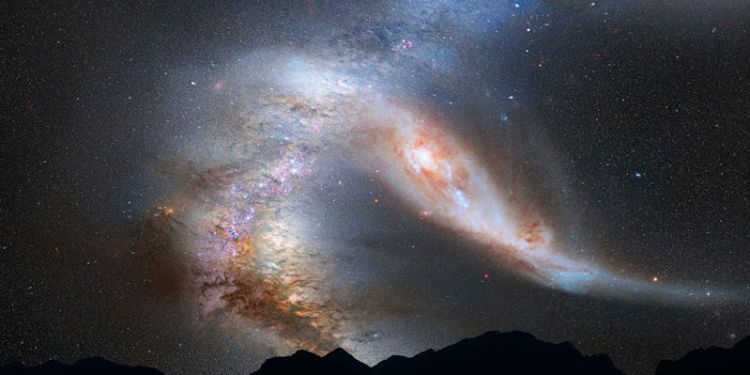Astrophysics

We investigate star formation by:
- leading international teams in conducting and exploiting infrared and radio surveys, one of which will result in the identification of nearly all of the young massive stars in the Milky Way
- performing focused follow-up observations of individual sources utilising cutting-edge velocity-resolved spectroscopic, infrared interferometric and spectropolarimetric techniques
- obtaining millimeter, submillimeter and infrared data for molecular line emissions and interpreting them with chemical models to probe the dynamics
- constructing multidimensional, multifluid hydromagnetic models of the births of Giant Molecular Clouds and the development and evolution of structure within them.
Group members serve on committees defining the scientific objectives for a number of the most important, upcoming international facilities including the space-borne Herschel infrared mission, the radio frequency Square Kilometer Array and the Magdalena Ridge optical/infrared interferometer.
We also study diffuse astrophysical matter in many other environments including discs where planets form, discs around evolved stars, powerful outflows occurring during stellar death, starburst superwinds and clusters of galaxies with central active galaxies similar to quasars.
Our studies of physical processes are important in many diffuse astrophysical sources include investigations of how cosmic rays affect dynamics, the effects of charged nanoparticles on magnetic field evolution and the formation and escape of molecules from the surfaces of nanoparticles.
Further information
View all members of our research group and publications.
Visit our astrophysics research group website.
PhD projects
We have opportunities for prospective postgraduate researchers. Find out more.
Contact us
If you are interested in collaborating with us or joining our research team, please get in touch with a relevent member of staff.

